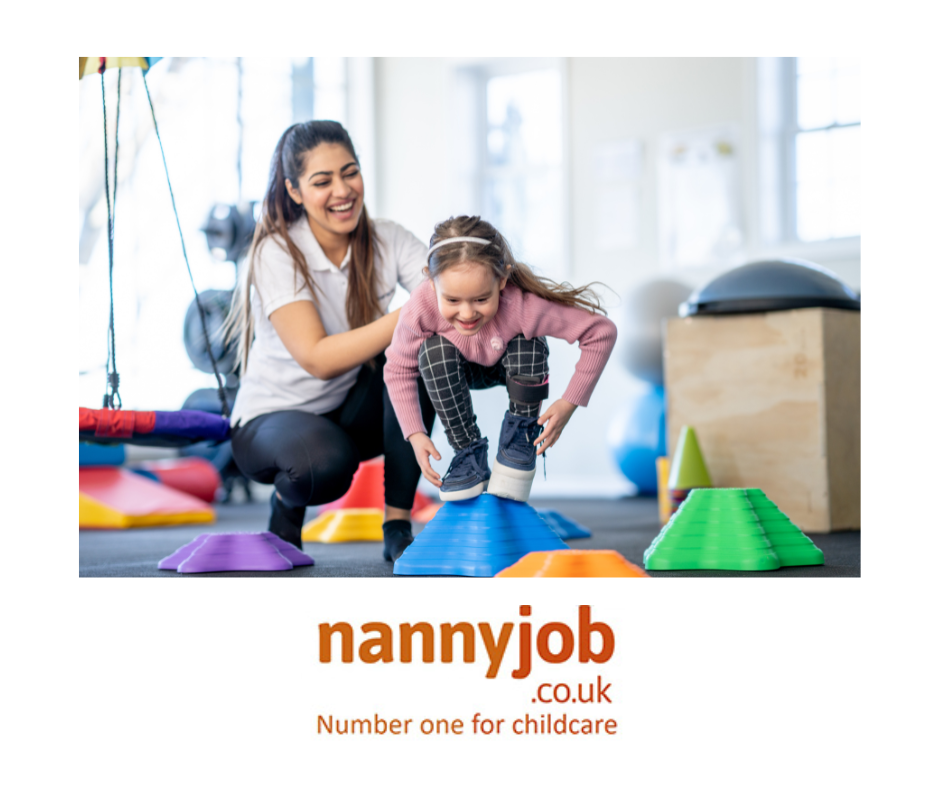Introduction
World Refill Day is a global campaign aimed at reducing plastic pollution and promoting a more sustainable way of living by encouraging the use of reusable containers, bottles, and other items. It’s an excellent opportunity to engage children in conversations about sustainability and to teach them the importance of actions that help protect our environment.
Why Focus on Children?
Instilling sustainable habits in children not only impacts their future but also amplifies their influence on families and communities. Teaching kids from a young age about the consequences of plastic pollution and the benefits of reusable items can set the foundation for lifelong eco-friendly behaviours.
How to Celebrate World Refill Day with Kids
- Use Reusable Containers: Start by replacing disposable water bottles and lunch packaging with reusable versions. Let your kids pick out their own fun designs to boost their enthusiasm for using them.
- DIY Decorated Reusable Bags: Organise a craft session where kids can decorate canvas tote bags. It’s a creative way to make sustainability exciting and personal.
- Visit Refill Stations: Take a trip to local stores that offer refill stations for detergents, shampoos, or cereals. Show children how these systems work and discuss how they help reduce waste.
- Educational Games and Activities: Use games to teach children about recycling and the environment. Apps and board games focused on eco-consciousness can make learning fun and interactive.
- Model Sustainable Behaviors: Children learn a lot by observation. Make sure you lead by example, using refillable products and reducing plastic waste in your everyday life.
Conclusion
World Refill Day isn’t just about one day of action but about fostering a mindset that can lead to substantial environmental change. By involving children in these activities, we not only educate them about the importance of sustainability but also empower them to think about the future of the world they live in.







